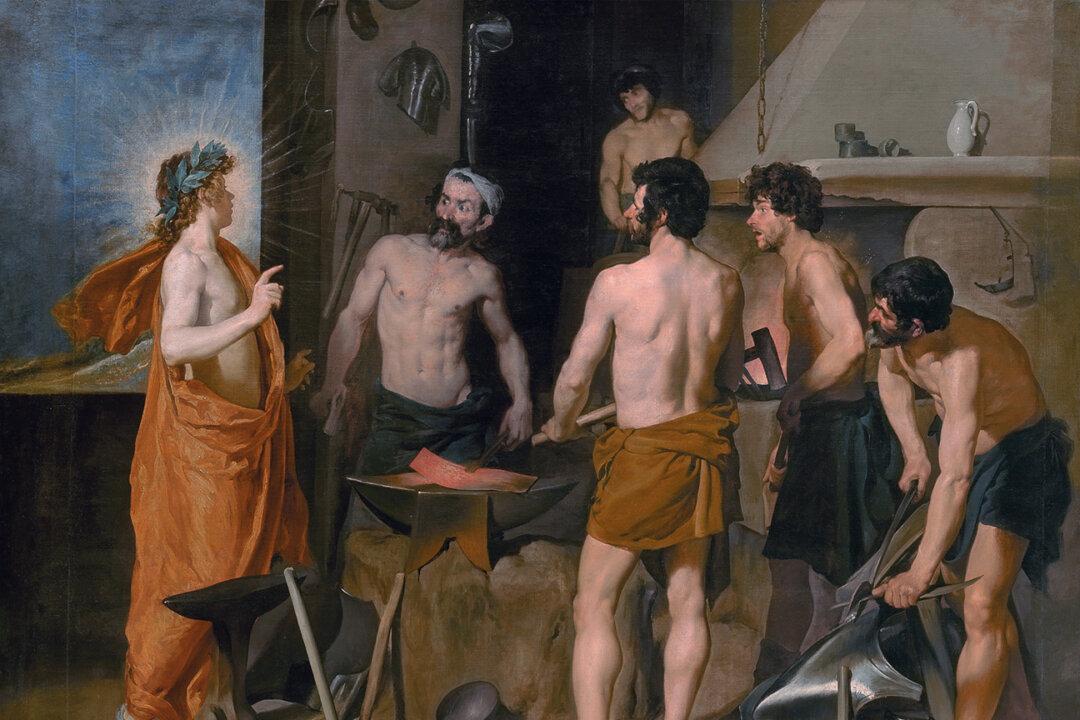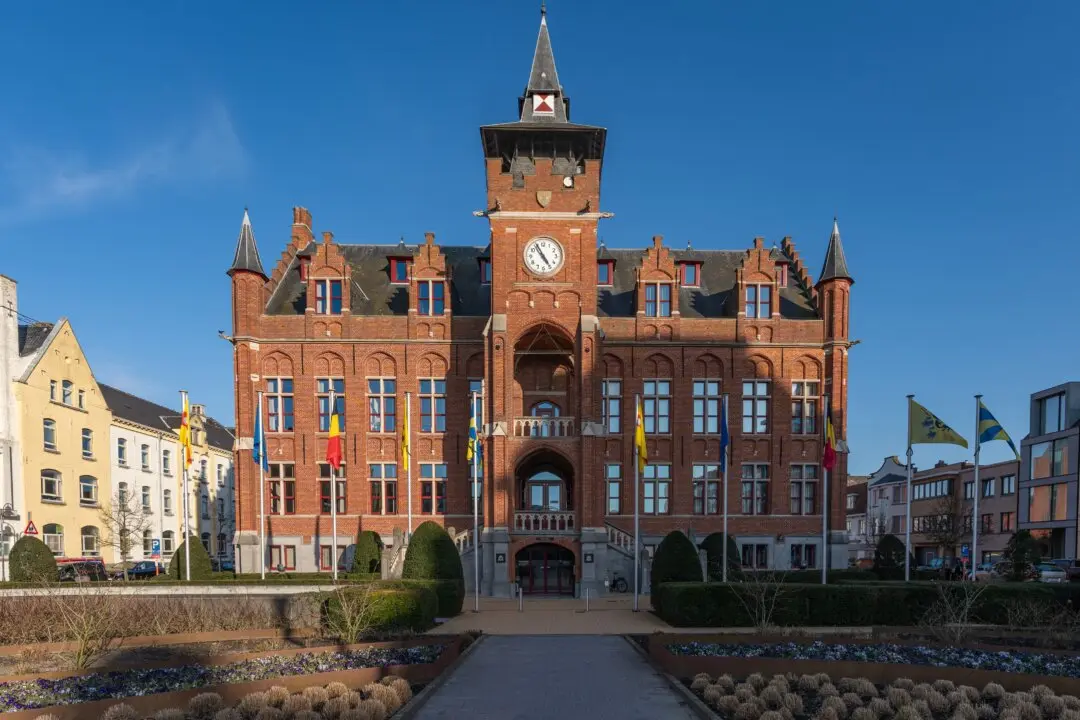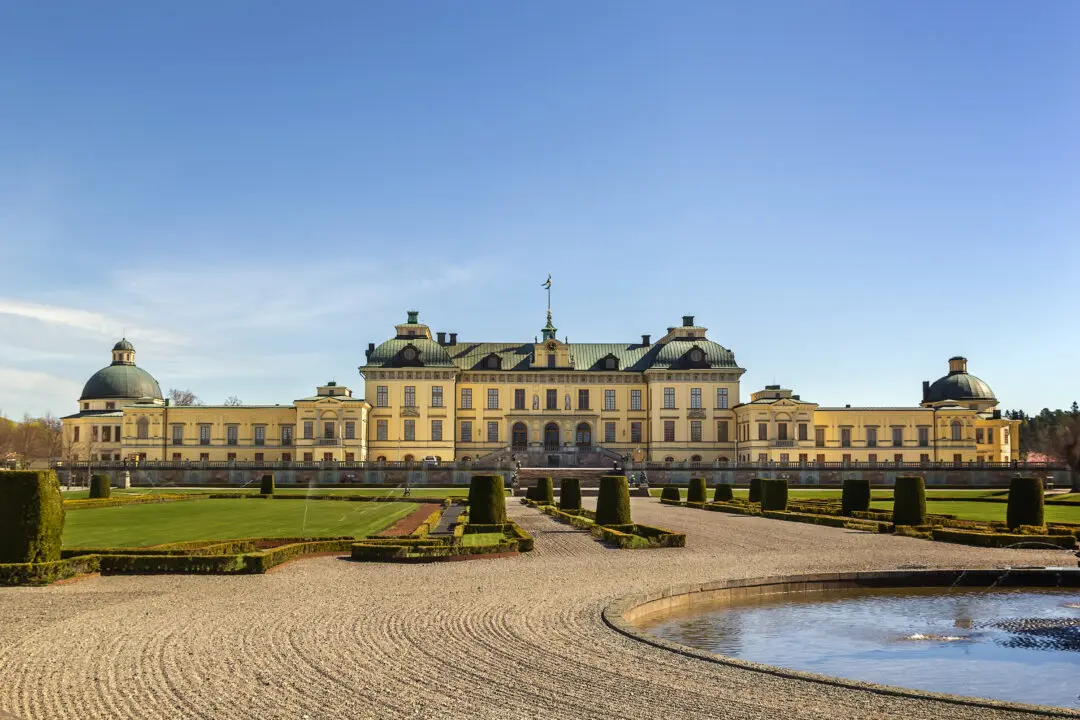In 1629, Diego Velázquez left Spain for his first visit to Italy. Although one of his country’s leading artists and court painter to King Philip IV, this was still an opportunity not to be missed. At the Spanish court, Velázquez had access to Philip’s impressive art collection, but he had not seen examples of work by the great Italian masters, including Michelangelo, whose masterpieces were on frescoed walls in Italy rather than on transportable canvas.
Velázquez had only one regret. He could not travel with a good friend and fellow artist. Ordinarily, that might seem a relatively minor disappointment but, in this case, the friend was Peter Paul Rubens, then Europe’s preeminent living painter.





